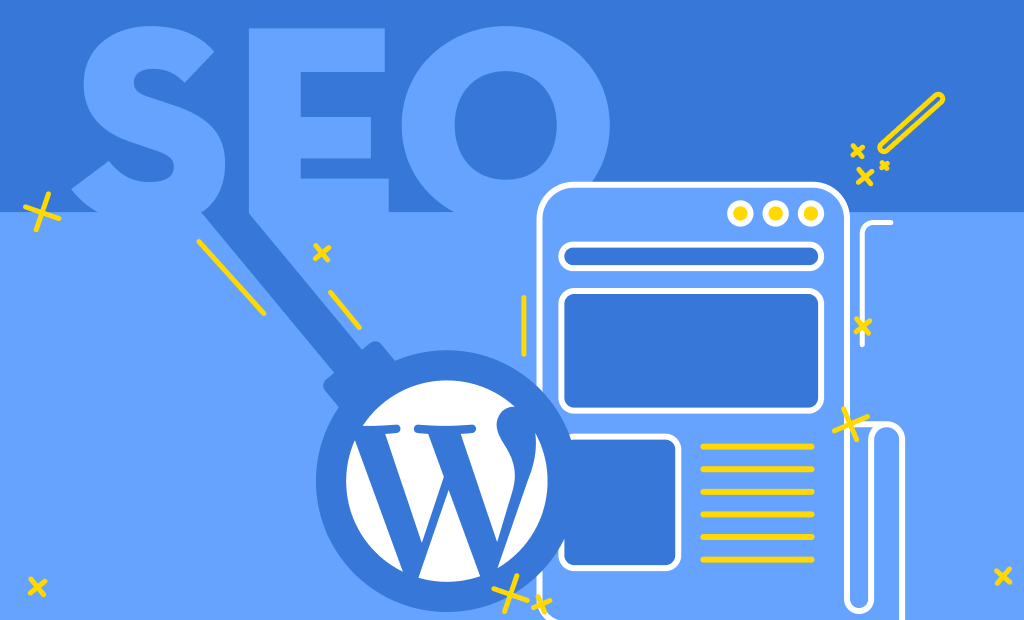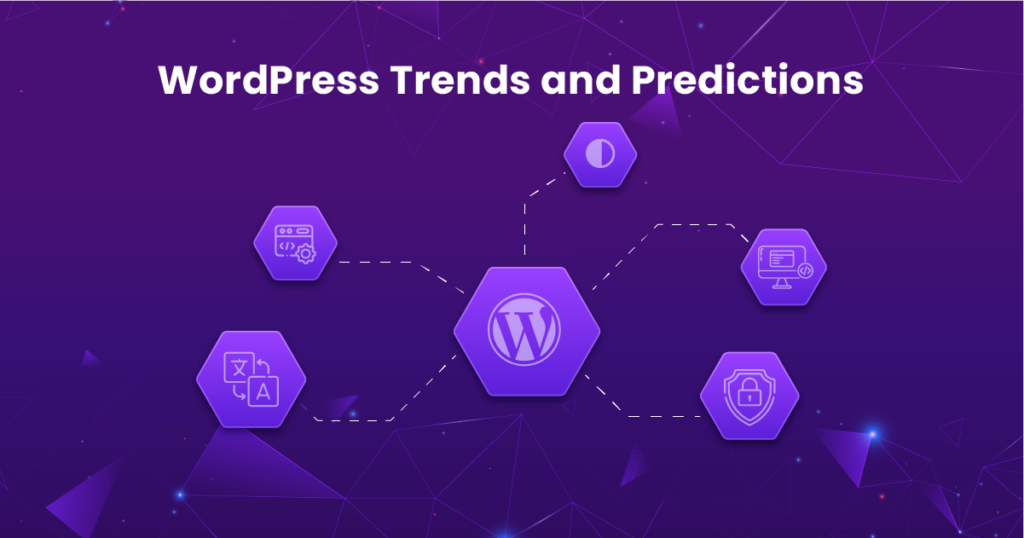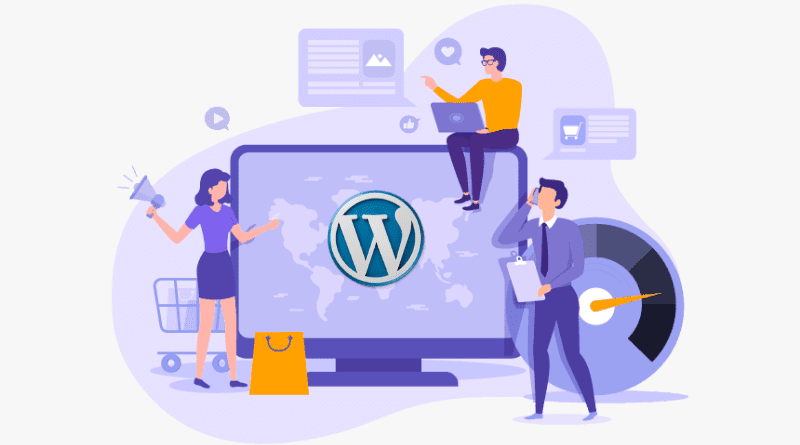SEO-Friendly WordPress Development: Tips and Tricks

In the vast landscape of the internet, having a stunning WordPress website is only part of the equation. To truly make an impact, your site needs to be easily discoverable by search engines. Search Engine Optimization (SEO) is the key to achieving this visibility. In this guide, we’ll explore tips and tricks for developing a WordPress site that not only looks great but is also optimized for search engines.
Choose a SEO-Friendly Theme
1. Mobile Responsiveness:
Opt for a theme that is mobile-responsive. With Google’s mobile-first indexing, having a website that performs well on mobile devices is crucial for SEO.
2. Clean Code Structure:
Select a theme with clean and well-structured code. A tidy codebase not only enhances site performance but also makes it easier for search engines to crawl and index your content.
Optimize Permalinks and URLs
1. Use SEO-Friendly URLs:
Create descriptive and SEO-friendly URLs for your pages and posts. Instead of generic URLs, customize them to reflect the content, making it easier for search engines and users to understand.
Bad: yourwebsite.com/p=123
Good: yourwebsite.com/seo-friendly-wordpress-tips2. Permalink Settings:
Adjust your permalink settings in WordPress to display post names in URLs. This can be configured in Settings > Permalinks.
Leverage SEO Plugins
1. Install Yoast SEO:
Yoast SEO is a powerful plugin that helps you optimize your content for search engines. It provides features like on-page SEO analysis, XML sitemaps, and social media integration.
2. Optimize Meta Tags:
Craft compelling meta titles and descriptions for each page or post. Yoast SEO allows you to customize these elements and preview how they will appear in search engine results.
Focus on Content Quality
1. Create High-Quality Content:
Quality content is the cornerstone of SEO. Develop informative, engaging, and relevant content that addresses your audience’s needs. Regularly update your content to keep it fresh.
2. Use Heading Tags Properly:
Structure your content with appropriate heading tags (H1, H2, H3, etc.). Heading tags not only improve readability but also provide a hierarchy for search engines to understand your content.
Optimize Images for SEO
1. Compress and Optimize Images:
Large image files can slow down your website. Use image compression tools or plugins to reduce file sizes without sacrificing quality. Also, add descriptive alt text to your images.
2. Utilize Image Sitemaps:
Include images in your XML sitemap to help search engines discover and index your visual content. Yoast SEO can generate an image sitemap automatically.
Implement SSL Encryption
1. Secure Your Site with HTTPS:
Google gives preference to secure websites. Install an SSL certificate to encrypt data transmission between your server and users, and ensure your site’s URL begins with “https.”
Read How to configure HTTPS on your WordPress website.
Improve Site Speed
1. Optimize Page Loading Times:
Google considers site speed as a ranking factor. Minify CSS and JavaScript, optimize images, and leverage browser caching to enhance your site’s loading speed.
2. Use a Caching Plugin:
Install a caching plugin like W3 Total Cache or WP Super Cache to generate static HTML versions of your pages, reducing server load and improving load times.
Implement Structured Data Markup
1. Use Schema Markup:
Incorporate schema markup to provide additional context to search engines about your content. Schema markup can enhance your search results with rich snippets, making them more attractive to users.
Regularly Monitor and Update
1. Regular SEO Audits:
Perform regular SEO audits using tools like Google Analytics and Google Search Console. Identify areas for improvement and address any issues affecting your site’s performance.
2. Keep WordPress and Plugins Updated:
Ensure that your WordPress core and plugins are regularly updated. Updates often include security patches and performance improvements that contribute to SEO.
Conclusion
Building an SEO-friendly WordPress website is an ongoing process that involves attention to detail, high-quality content creation, and the strategic use of tools and plugins. By choosing a responsive theme, optimizing URLs, leveraging SEO plugins, focusing on content quality, and implementing various SEO best practices, you can enhance your website’s visibility and rankings on search engines. Regular monitoring, updates, and staying informed about evolving SEO trends will keep your WordPress site optimized for success in the digital landscape. Happy optimizing!



